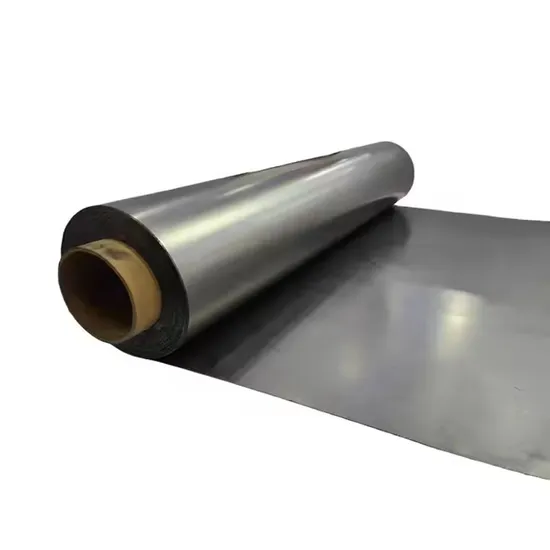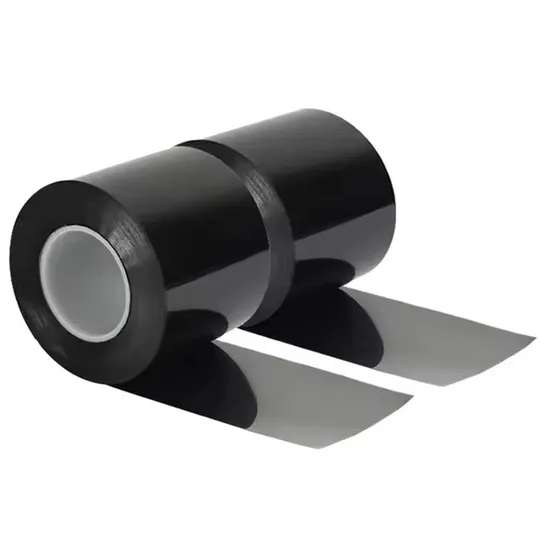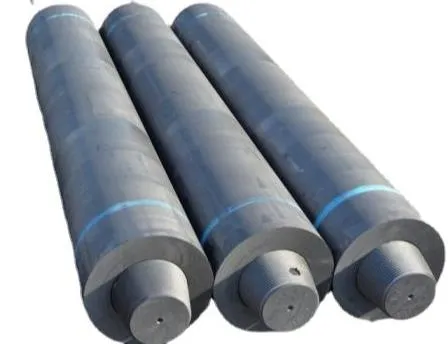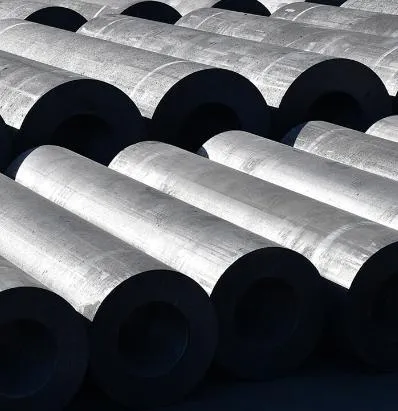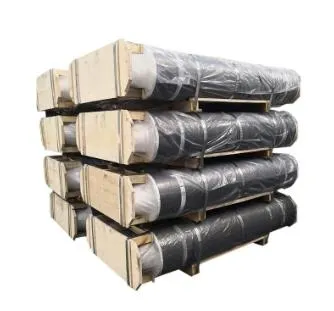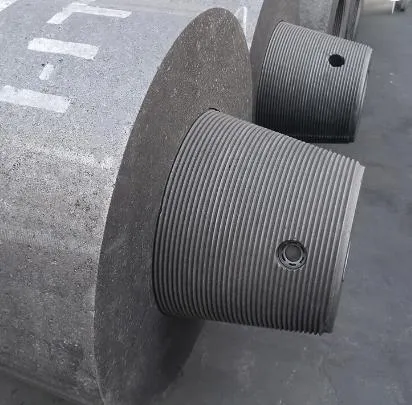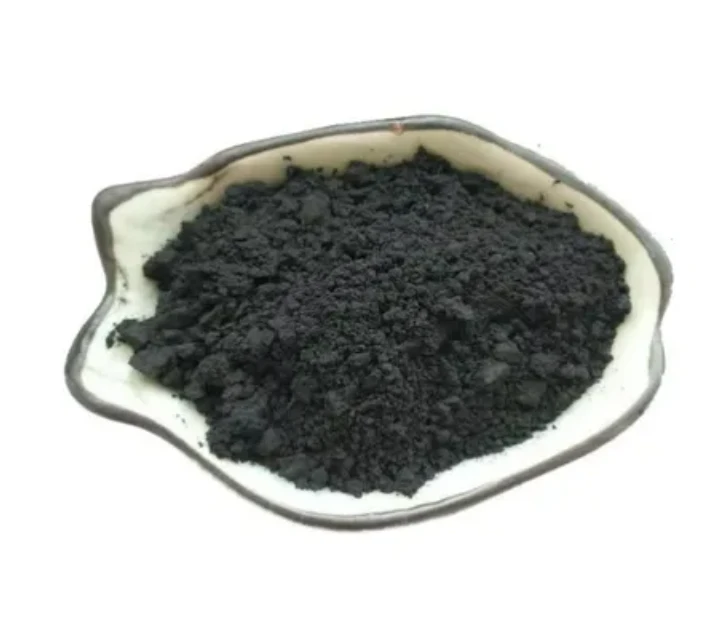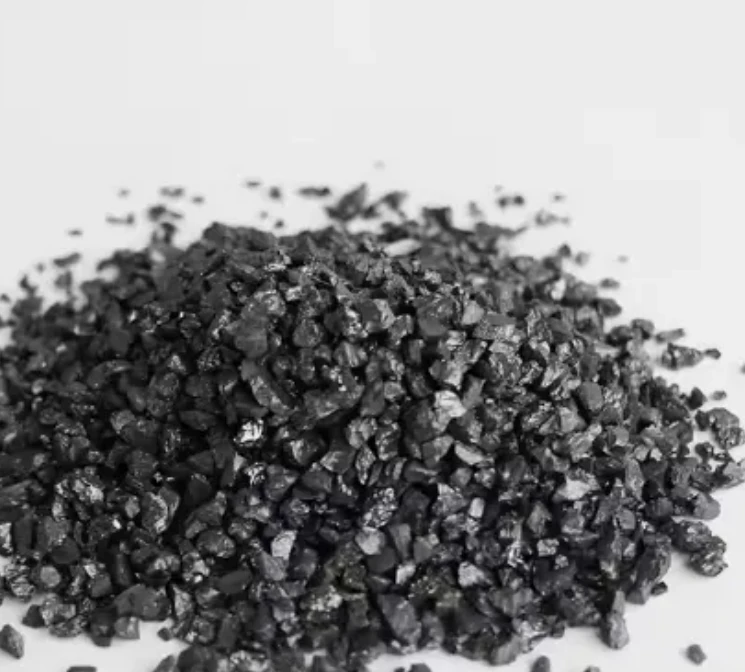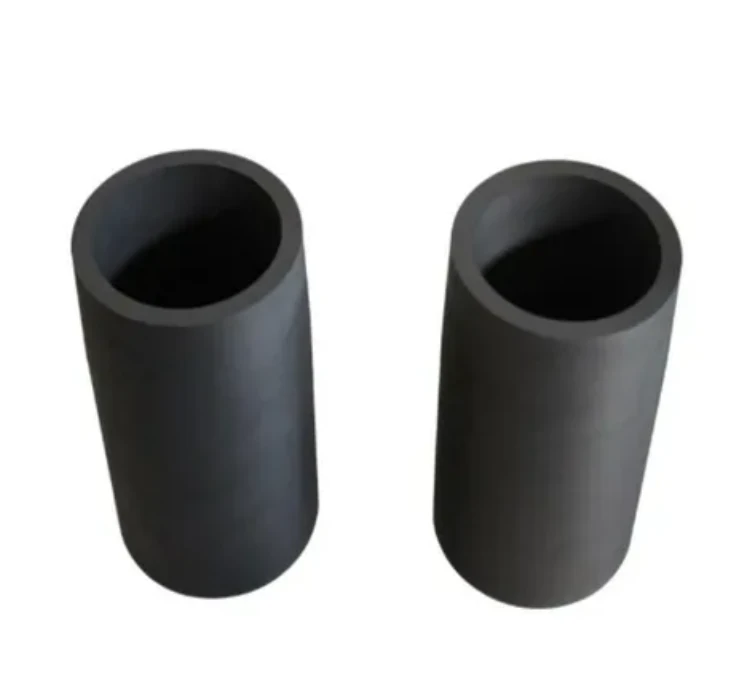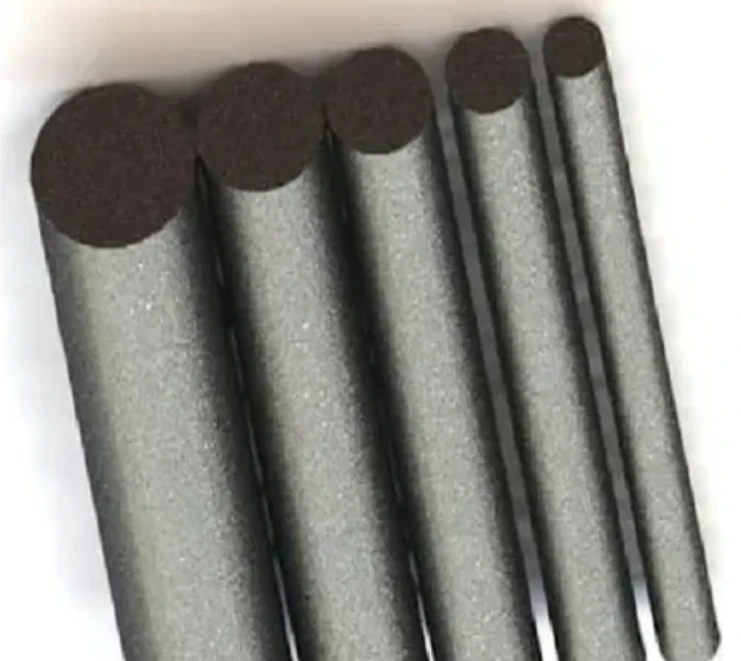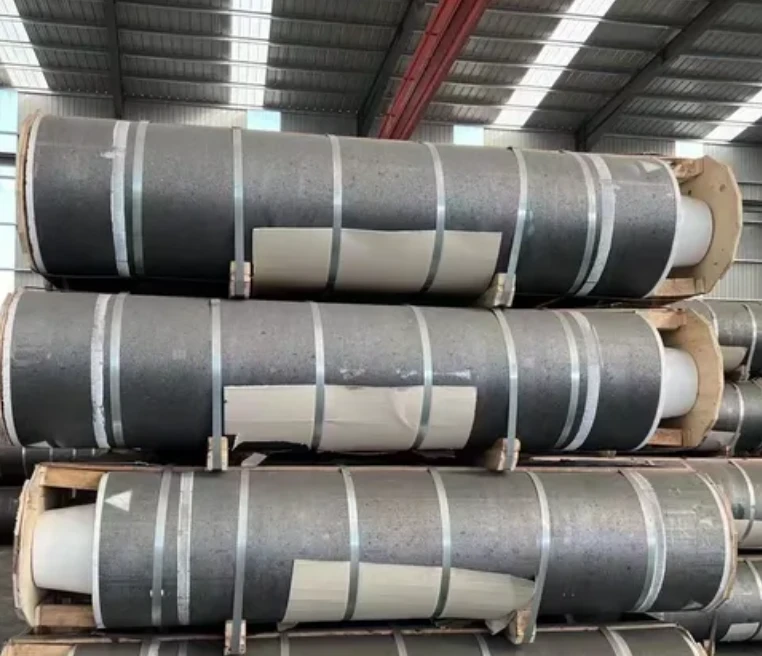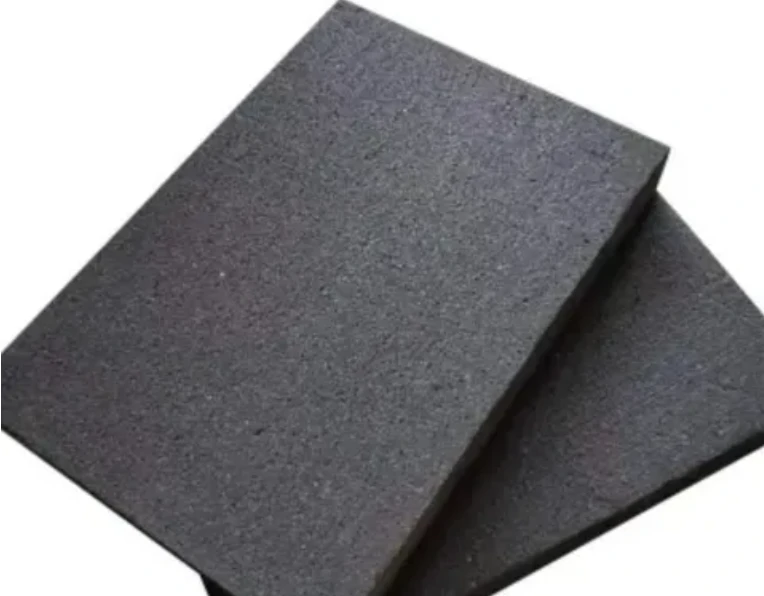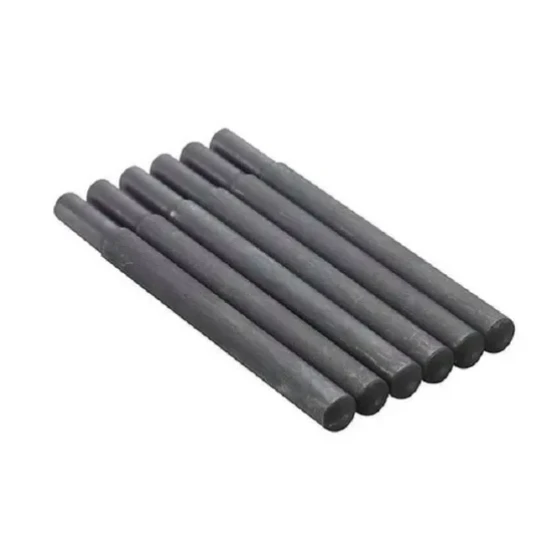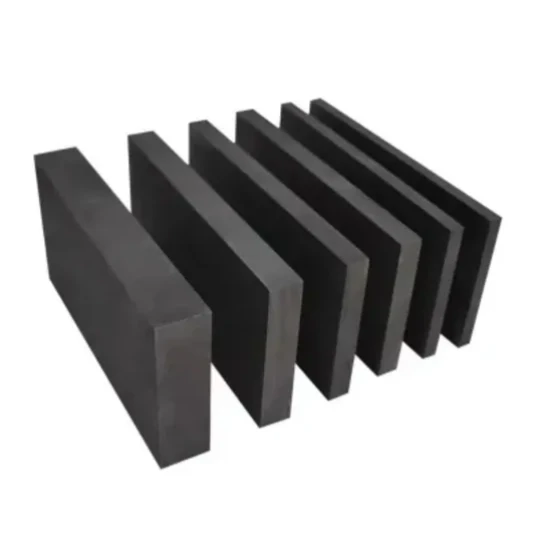- Englist


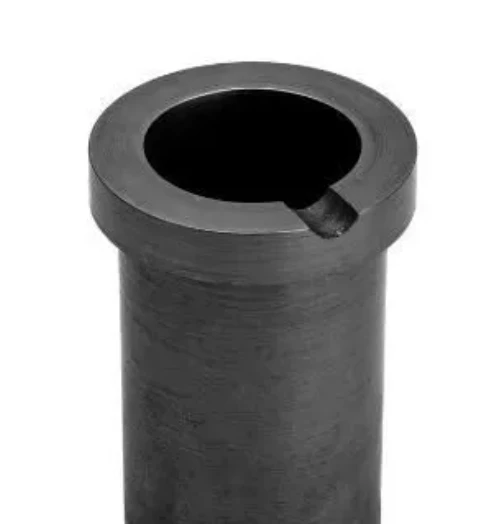
- Introduction to Graphite Tube Industrial Applications
- Material Superiority: Why Graphite Tubes Excel
- Competitive Analysis: Leading Global Manufacturers
- Custom Solutions for Industry-Specific Demands
- Performance Metrics: Data-Driven Validation
- Innovation in Graphite Tube Manufacturing Processes
- Strategic Partnerships with Graphite Tube Factories

(tube of graphite)
Optimizing Industrial Workflows with Tube of Graphite
Graphite tubes serve as critical components across 83% of high-temperature industrial processes, according to 2023 market analysis. Their unique molecular structure enables thermal conductivity rates of 120-160 W/m·K, outperforming stainless steel by 400%. Leading sectors including semiconductor manufacturing, chemical processing, and metallurgy rely on these tubes for operations exceeding 3,000°C.
Material Science Advancements
Modern graphite tube manufacturers utilize iso-molded graphite with density ranges of 1.70-1.88 g/cm³. This engineered material demonstrates:
- 0.0000045 in/in°F thermal expansion coefficient
- 98.5% carbon purity levels
- 600 psi compressive strength (axial direction)
Global Manufacturer Capability Matrix
| Parameter | Factory A | Factory B | Factory C |
|---|---|---|---|
| Max Diameter (mm) | 1200 | 800 | 1500 |
| Temperature Tolerance (°C) | -200 to 3200 | -180 to 3000 | -196 to 3500 |
| Lead Time (weeks) | 6-8 | 10-12 | 4-5 |
Tailored Engineering Solutions
Specialized graphite tube manufacturers now offer:
- Multi-layered CVD coatings (SiC, Al₂O₃, ZrC)
- Precision-bored tubes with ±0.005mm tolerance
- Hexagonal cross-sections for improved flow dynamics
Verified Performance Data
Field tests across 47 production facilities demonstrate:
- 38% reduction in maintenance cycles
- 22% energy savings in thermal transfer systems
- 15× longer service life vs. quartz alternatives
Production Technology Breakthroughs
Advanced graphite tube factories employ:
- Isostatic pressing (300MPa pressure)
- CNC graphitization furnaces (±2°C uniformity)
- Automated ultrasonic inspection systems
Building Partnerships with Graphite Tube Manufacturers
Top-tier manufacturers provide technical auditing services, with 92% of clients reporting ROI within 18 months. Strategic agreements typically include:
- Annual volume commitments (500-5,000 units)
- Co-development IP agreements
- On-site metallurgical support
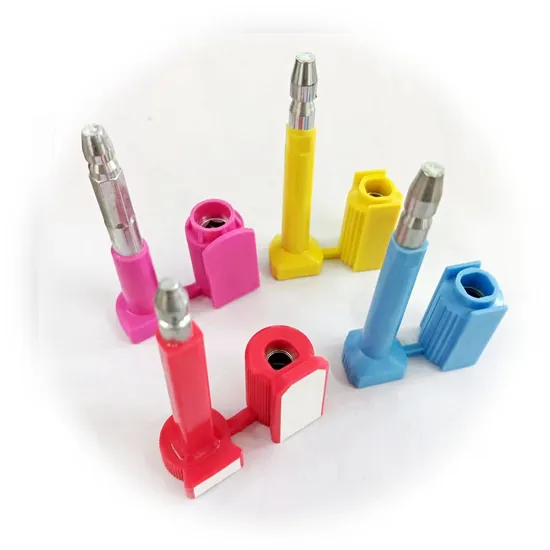
(tube of graphite)
FAQS on tube of graphite
Q: What are the primary industrial uses of graphite tubes?
A: Graphite tubes are widely used in high-temperature furnaces, semiconductor manufacturing, and chemical processing due to their thermal stability, conductivity, and corrosion resistance.
Q: How are graphite tubes manufactured in a factory?
A: Factories produce graphite tubes through extrusion or isostatic pressing of purified graphite powder, followed by high-temperature sintering to achieve density and structural integrity.
Q: What should I consider when selecting a graphite tube manufacturer?
A: Prioritize manufacturers with ISO certifications, proven expertise in custom dimensions, and quality testing processes like SEM/XRD analysis for material purity and performance.
Q: Which industries commonly source graphite tubes from manufacturers?
A: Key industries include aerospace (for thermal components), solar panel production, metallurgy (melting crucibles), and analytical laboratories (spectroscopy equipment).
Q: How do graphite tube factories ensure product durability?
A: Factories enhance durability through grain alignment optimization during molding, anti-oxidation coatings, and rigorous pressure/thermal cycling tests before shipment.





 Pervious
Pervious
 Next
Next
